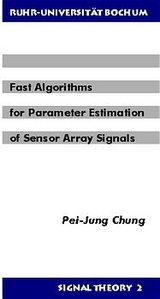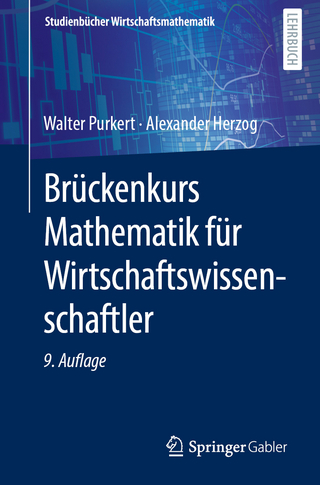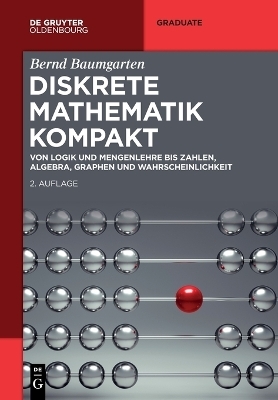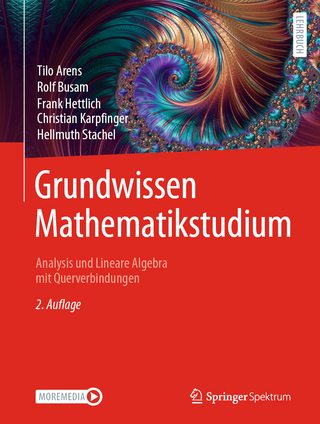Fast Algorithms for Parameter Estimation of Sensor Array Signals
Seiten
2002
Bochumer Universitätsverlag Westdeutscher Universitätsverlag
978-3-934453-34-0 (ISBN)
Bochumer Universitätsverlag Westdeutscher Universitätsverlag
978-3-934453-34-0 (ISBN)
This work presents a thorough study of computationally efficient algorithms for processing sensor array signals. The Maximum Likelihood (ML) approach is known to have excellent statistical properties and performs well in critical situations. However, the high computational cost associated with the multi-dimensional search in optimizing likelihood functions is often seen as a main drawback of the ML method. The search procedure can be greatly simplified by the Expectation and Maximization (EM) and Space Alternating Generalized EM (SAGE) algorithms. The EM and SAGE algorithms, based on the idea of data augmentation, are characterized by simple implementation and stability.
In this work I use a comparative convergence analysis to show that the SAGE algorithm converges faster than the EM algorithm under certain conditions.Furthermore, I propose an adaptive procedure to reduce the parameter space used in the maximization step. Taking advantage of the simple structure of the augmented data, I have developed recursive EM and SAGE algorithms to increase the potential of the ML approach in real-time processing. I show that the estimates generated by recursive EM and SAGE algorithms are strongly consistent and show a normal, asymptotic distribution. Applying recursive EM and SAGE algorithms to the direction-finding problem leads to very fast and simple implementations of the ML method.
In this work I use a comparative convergence analysis to show that the SAGE algorithm converges faster than the EM algorithm under certain conditions.Furthermore, I propose an adaptive procedure to reduce the parameter space used in the maximization step. Taking advantage of the simple structure of the augmented data, I have developed recursive EM and SAGE algorithms to increase the potential of the ML approach in real-time processing. I show that the estimates generated by recursive EM and SAGE algorithms are strongly consistent and show a normal, asymptotic distribution. Applying recursive EM and SAGE algorithms to the direction-finding problem leads to very fast and simple implementations of the ML method.
| Reihe/Serie | Signaltheorie ; 2 |
|---|---|
| Sprache | englisch |
| Maße | 142 x 203 mm |
| Gewicht | 110 g |
| Einbandart | Paperback |
| Themenwelt | Mathematik / Informatik ► Mathematik |
| Technik ► Elektrotechnik / Energietechnik | |
| Schlagworte | algorithms • Algorithms; Nachrichtentechnik • Alhorithmen • HC/Technik/Elektronik, Elektrotechnik, Nachrichtentechnik • Nachrichtentechnik • Signale • Signals |
| ISBN-10 | 3-934453-34-1 / 3934453341 |
| ISBN-13 | 978-3-934453-34-0 / 9783934453340 |
| Zustand | Neuware |
| Informationen gemäß Produktsicherheitsverordnung (GPSR) | |
| Haben Sie eine Frage zum Produkt? |
Mehr entdecken
aus dem Bereich
aus dem Bereich
Buch | Softcover (2022)
Springer Gabler (Verlag)
34,99 €
Von Logik und Mengenlehre bis Zahlen, Algebra, Graphen und …
Buch | Softcover (2024)
De Gruyter Oldenbourg (Verlag)
74,95 €
Analysis und Lineare Algebra mit Querverbindungen
Buch | Hardcover (2022)
Springer Spektrum (Verlag)
64,99 €




